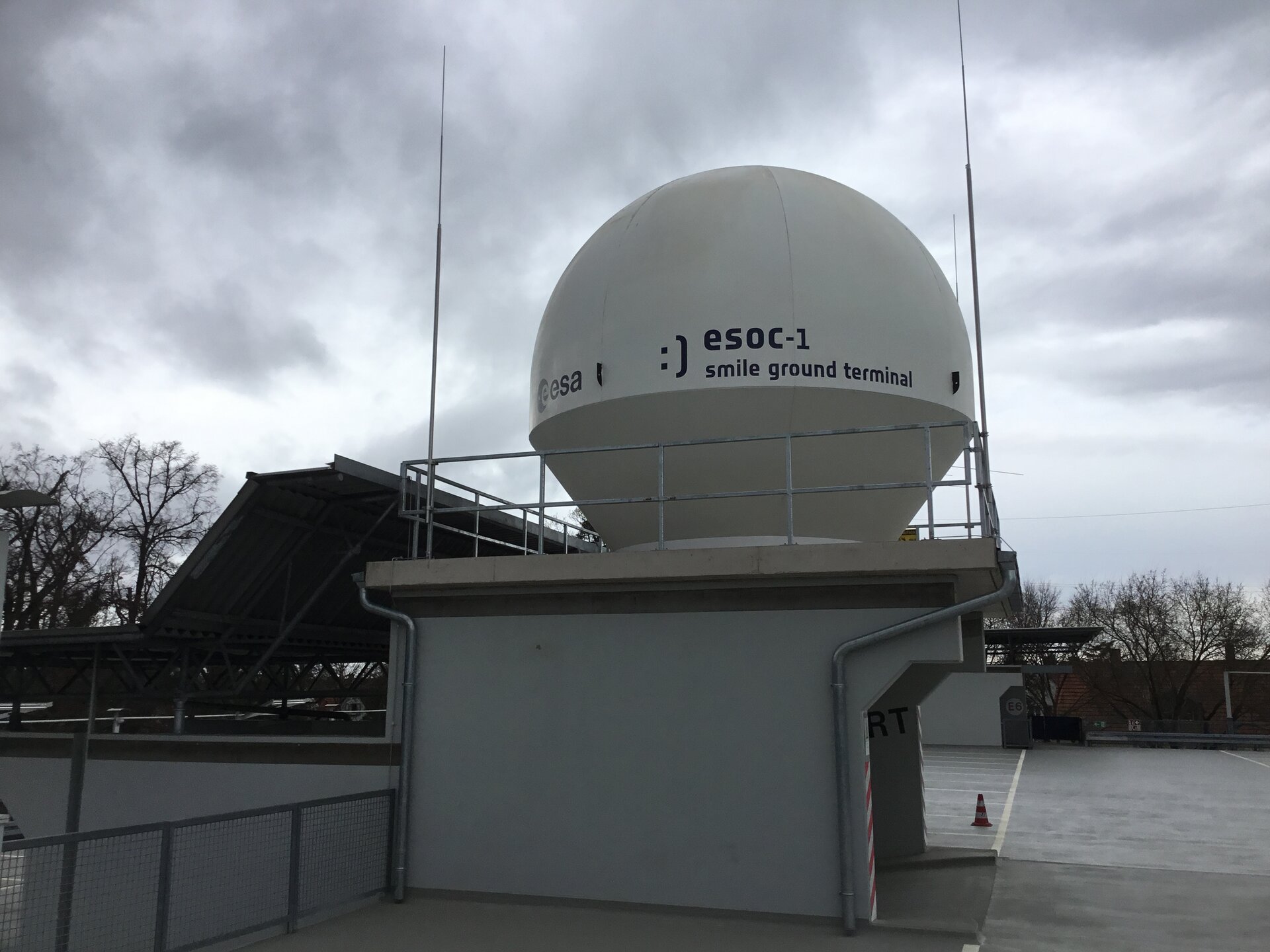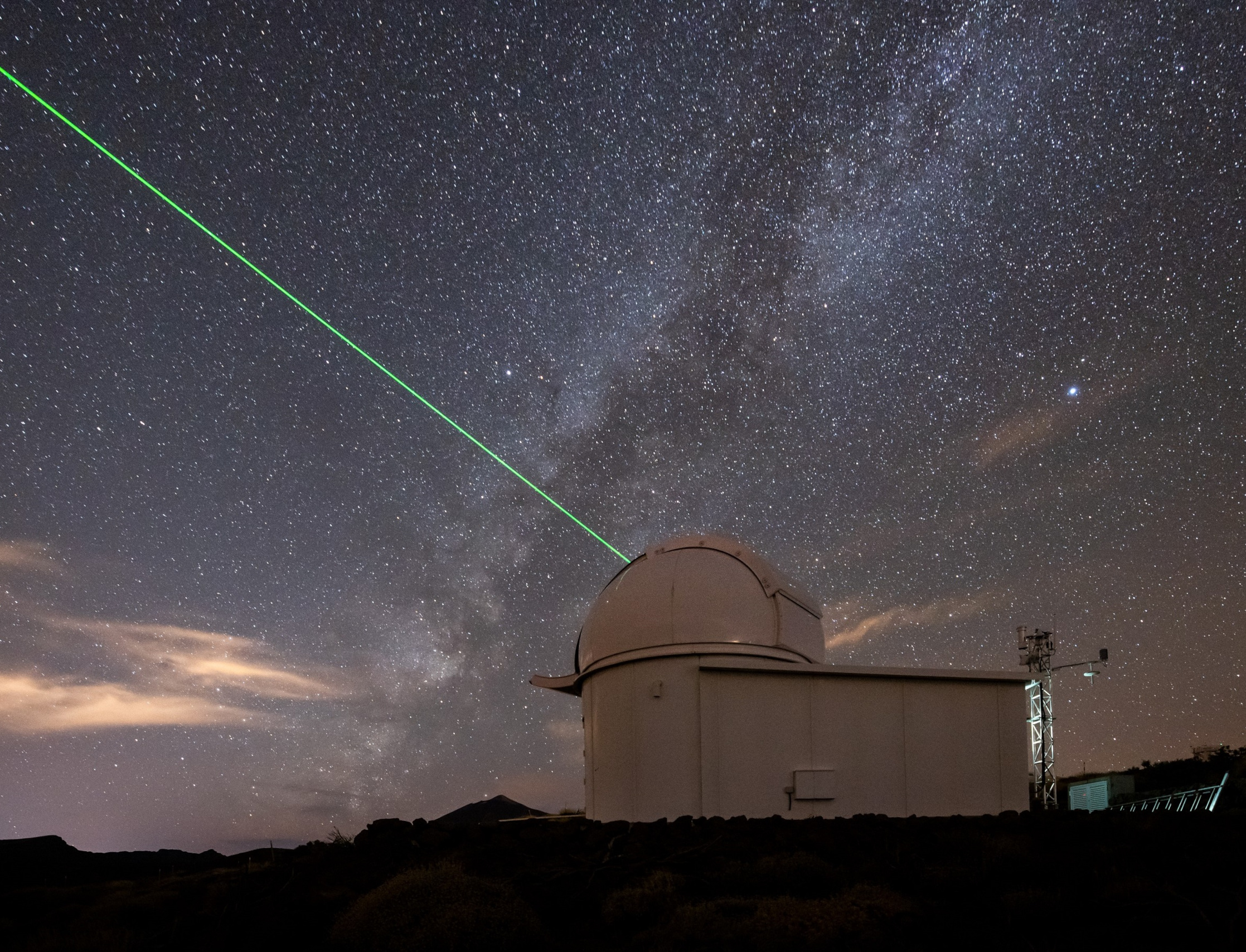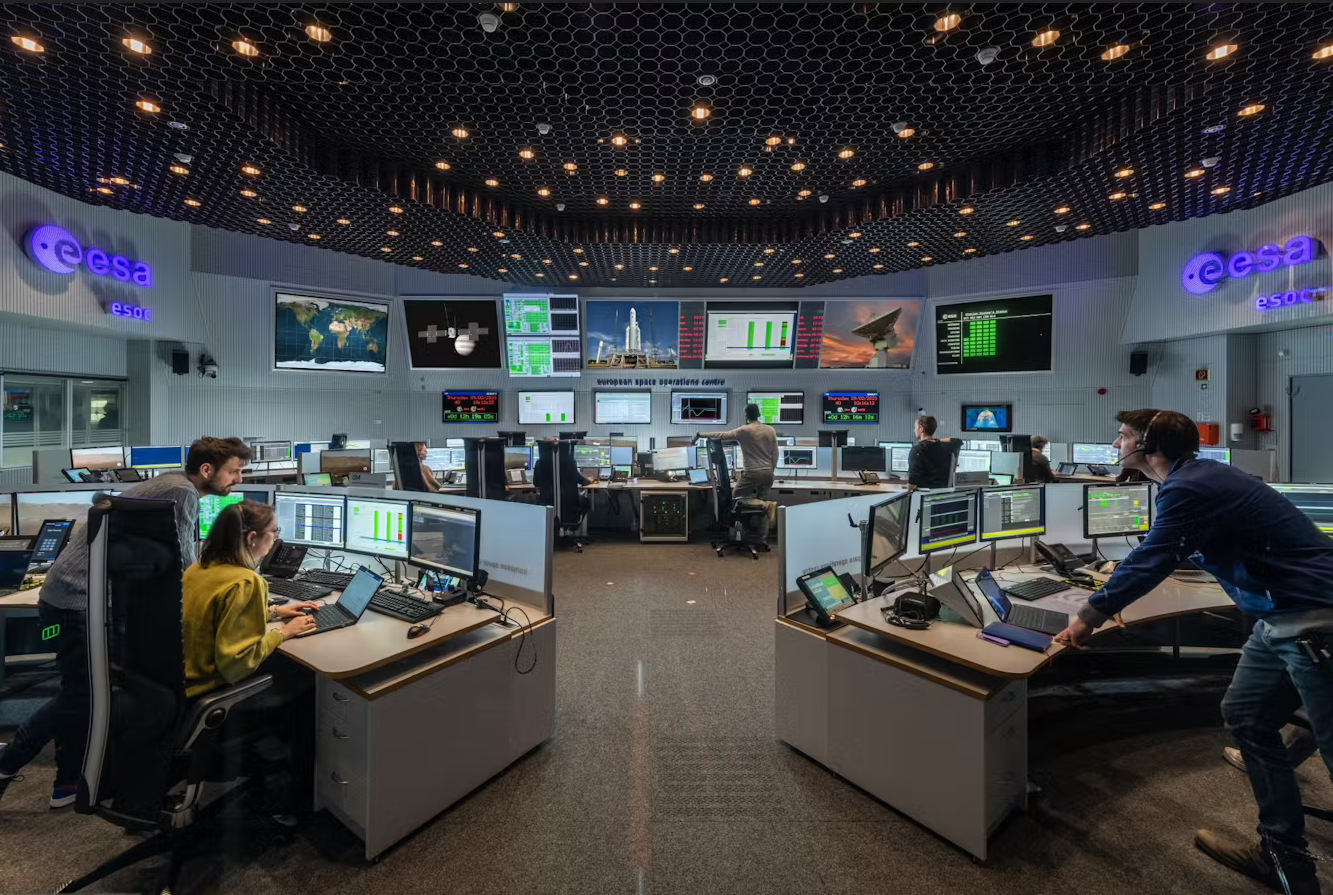GODOT – the wait is over
GODOT is ESOC’s new flight dynamics software. Designed as a software library more like TensorFlow or PyTorch than a complete application like Microsoft Word, it is intended as a powerful, generic, extensible system for use in practically any space mission.
Mission analysts and flight dynamics teams at ESA’s operations centre are increasingly using GODOT to perform orbit-related computations for the estimation, optimisation and analysis of satellite orbits.
While still in active development, GODOT is also already free to use for external entities in ESA Member States. The GODOT libraries are supported by a diverse European user community from academia and industry that contributes new ideas and interesting uses for the software.
These users can develop, validate and commercialise their own solutions, extensions and applications built on top of the GODOT libraries.
Click here for more information and to find out how to join the community.
To Jupiter and beyond
One advantage of GODOT at ESOC is that it allows the different flight dynamics activities the Centre to be brought into a shared software environment that increases interoperability and knowledge transfer between teams.
The software libraries are now used for mission analysis. The ESA teams preparing the complex trajectories for ESA’s Juice mission to Jupiter’s icy moons and Hera mission to the binary Didymos asteroid system, for example, used GODOT as part of their software tool chain.
The libraries will also be used day-to-day by other teams at ESOC that carry out routine astrodynamics calculations, such as the space debris team and in our next generation satellite simulator infrastructure (SIMULUS-NG).
The software is also now being introduced to active mission operations. The orbit determination during Solar Orbiter’s most recent Venus flyby was used to successfully validate GODOT, and this mission will be the first to transition to use GODOT for operations before the end of the year. Upcoming missions such as Juice and Euclid will use GODOT operationally from launch, while existing missions will transition to the new software over the coming years.
On the shoulders of GODOT
Writing software is hard, but testing it in realistic, representative spaceflight conditions is even harder. Software companies often lack the real data, experience and physical spacecraft in orbit necessary to test and validate flight dynamics solutions.
ESOC has access to all of these and has used them to validate its GODOT libraries. By making these validated libraries available to European industry, software and satellite companies can use them to test new ideas and evaluate their economic potential without first developing decades of spaceflight expertise themselves.
As part of ESOC's effort to renew its flight dynamics software, GODOT was used by ESOC’s flight dynamics division and its industrial partners to develop GENEOS, a standalone tool for flight dynamics operations for near-Earth satellites.
This package is already used to automate certain operations and will replace all the legacy software. GENEOS is also currently available to the GODOT user community under the same license as GODOT.
ESOC mission analysis have also used GODOT as the basis for MIDAS, a Python project providing specialised capabilities for mission design and navigation analysis.
Join the user community
Driven initially by the need to support ESA’s diverse range of missions, the GODOT libraries were designed to be as general and extensible as possible. This extensibility allows external users to take the software in new directions that its original developers at ESOC never imagined.
There are currently around 90 members in the GODOT Space Codev community. They range from large European space companies using GODOT to validate their applications, to radio science teams using GODOT to research how to maintain satellite navigational accuracy at the Moon.
GODOT simultaneously provides software for existing satellite operators that is demonstrated reliable in a field where reliability is crucial, while also providing the flexibility and extensibility that lets universities and research groups push the boundaries. By involving them all in its user community, ESOC is actively fostering innovation and training the next generation of flight dynamics teams across Europe.


